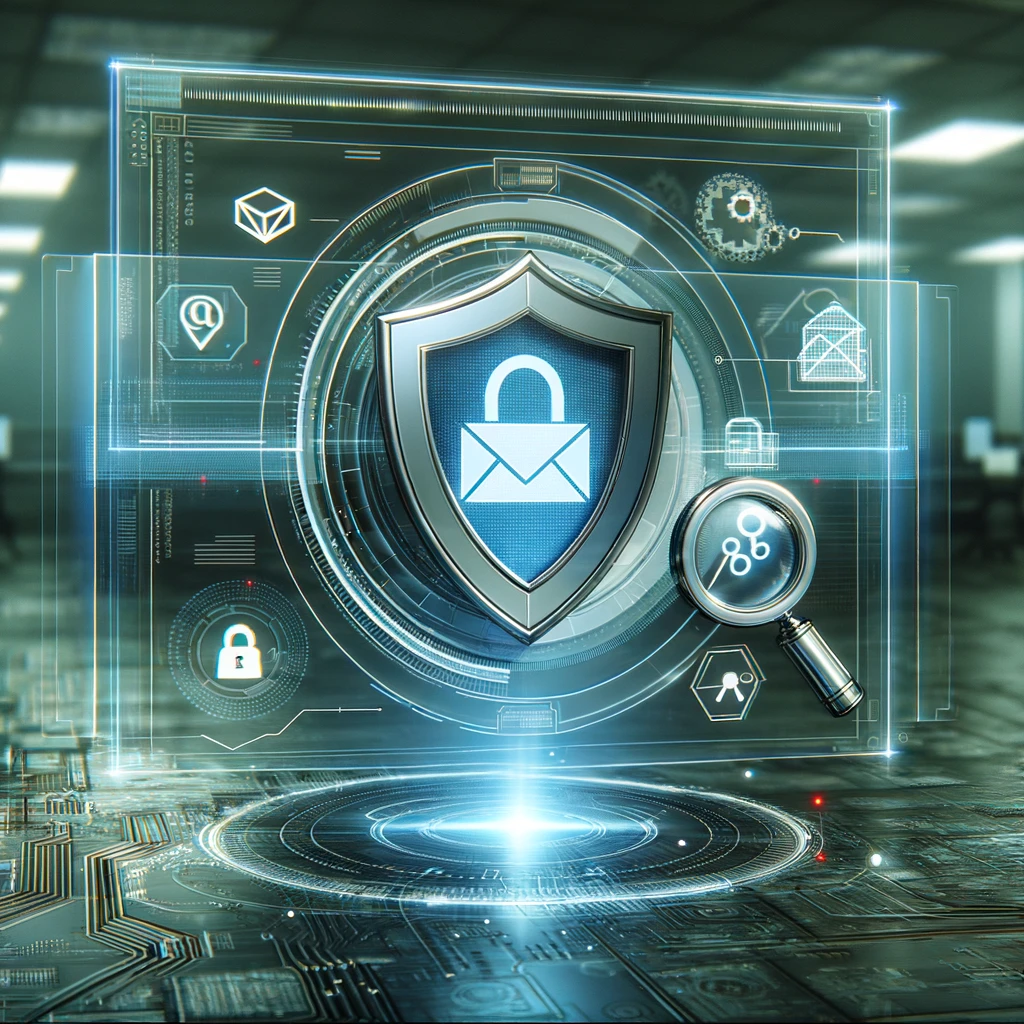
In the modern era of digital communication, email continues to be a fundamental pillar of business operations. Its widespread availability and user-friendly interface make it a valuable asset for team collaboration and sharing important information. However, this convenience comes with notable cybersecurity challenges, underscoring the need for a thoughtful strategy towards email security and monitoring. This article delves into the essential elements of email security and emphasizes the significance of vigilant monitoring to protect sensitive data while upholding privacy and efficiency.
Understanding E-mail Security Threats
E-mail security threats encompass a range of malicious activities designed to compromise the integrity, confidentiality, and availability of information. Phishing attacks, wherein attackers masquerade as trustworthy entities to deceive recipients into divulging sensitive information, remain prevalent. Malware distribution, through attachments or embedded links, poses another significant risk, potentially enabling unauthorized access to corporate networks and sensitive data. Business Email Compromise (BEC) scams, which involve the fraudulent manipulation of e-mail conversations for financial gain, highlight the sophistication of modern cyber threats.
The Role of Monitoring in Mitigating Risks
Effective e-mail monitoring plays a pivotal role in identifying and mitigating these threats. Monitoring solutions can analyze e-mail traffic for signs of malicious activity, such as unusual attachment types, suspicious sender addresses, or links to known malicious sites. By flagging potential threats, organizations can prevent them from reaching end-users or swiftly respond to incidents, minimizing damage.
However, the implementation of monitoring solutions raises critical questions about privacy and user consent. Organizations must navigate the fine line between security and the respectful treatment of personal information. Clear policies, transparency about monitoring practices, and adherence to relevant legal and ethical standards are essential to maintain trust and ensure compliance.
Best Practices for E-mail Security and Monitoring
- Implement Advanced Threat Protection (ATP): ATP solutions offer sophisticated defenses against phishing, malware, and BEC scams, utilizing machine learning and heuristic analysis to detect and neutralize threats before they impact users.
- Educate and Train Users: Awareness programs can significantly reduce the risk of security incidents by educating users about the importance of cautious e-mail practices, such as verifying sender identities and avoiding the opening of suspicious attachments.
- Establish Clear Monitoring Policies: Transparent policies that define the scope, methods, and purposes of e-mail monitoring can help balance security needs with privacy expectations, ensuring that monitoring practices are understood and accepted by all stakeholders.
- Regularly Update and Patch Systems: Keeping e-mail servers and security solutions up-to-date is crucial to protect against known vulnerabilities and ensure that defenses remain effective against evolving threats.
- Encrypt Sensitive E-mails: Encryption protects the confidentiality of e-mail content, ensuring that sensitive information remains secure, even if intercepted during transmission.
E-mail continues to be an indispensable tool in the business world, but its widespread use also makes it a prime target for cyberattacks. A strategic approach to e-mail security, combining advanced monitoring technologies with user education and clear privacy policies, can help organizations navigate the complexities of the digital landscape. By prioritizing both security and privacy, companies can protect their interests and maintain the trust of their clients and employees in an increasingly interconnected world.

Penetra Cybersecurity is at the forefront of defending the digital frontier, providing cutting-edge solutions to protect businesses and organizations from the ever-evolving threats of the cyber world. Established with a mission to create a safer internet for everyone, Penetra leverages a blend of advanced technology, expert knowledge, and proactive strategies to stay ahead of cybercriminals.
Ready to take the next step towards a more secure future? Schedule a consultation with us today and discover how we can help protect what matters most to you. Don’t wait until it’s too late—with Penetra Cybersecurity, your business isn’t just secure; it’s imPenetrable.




